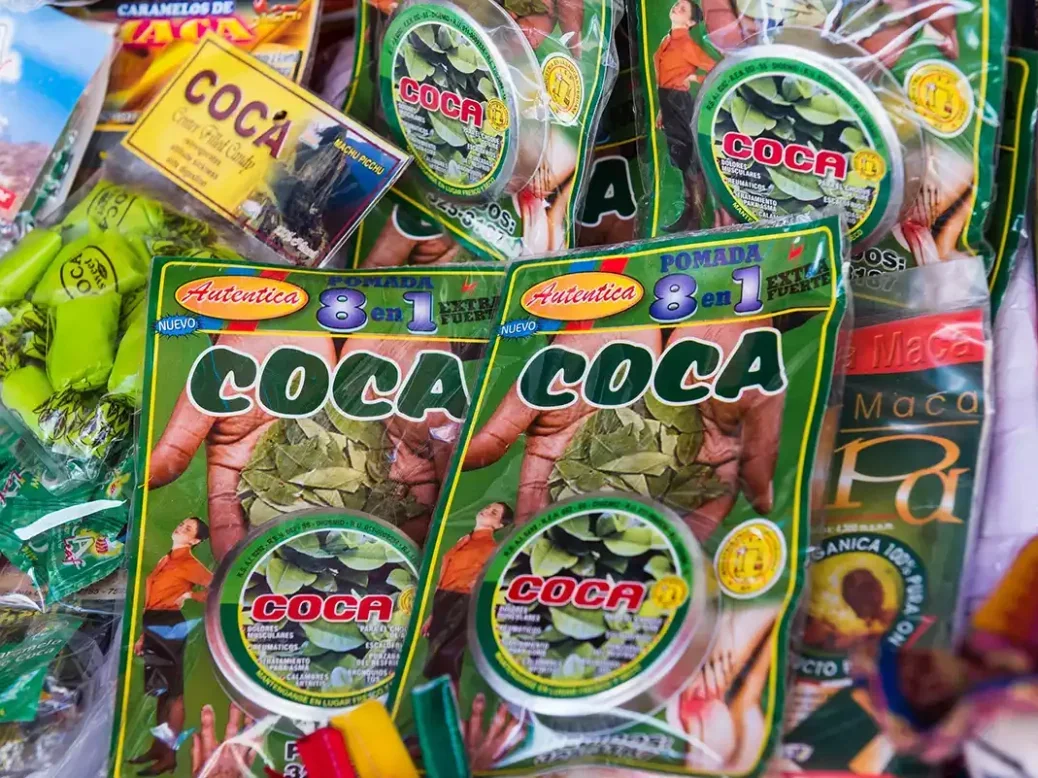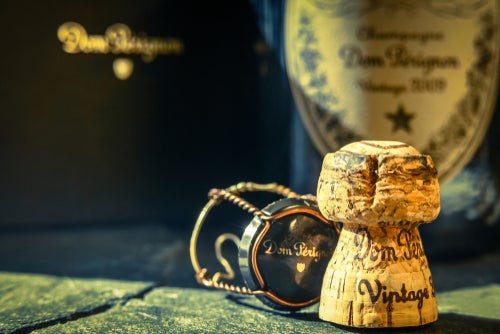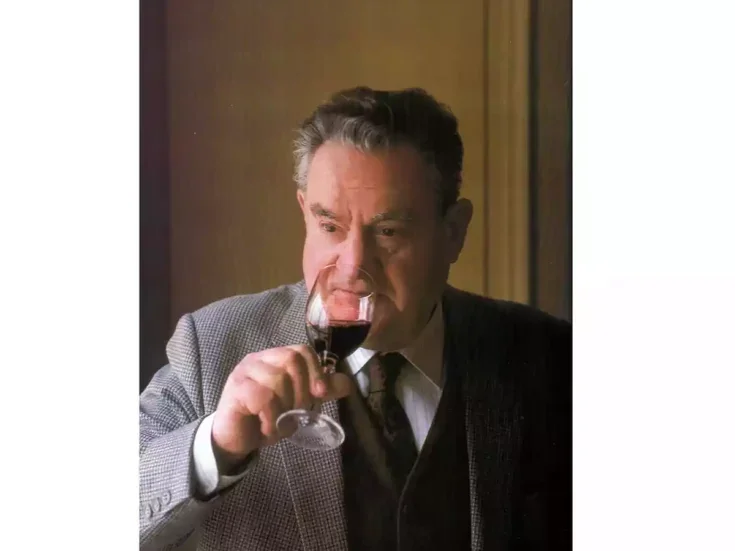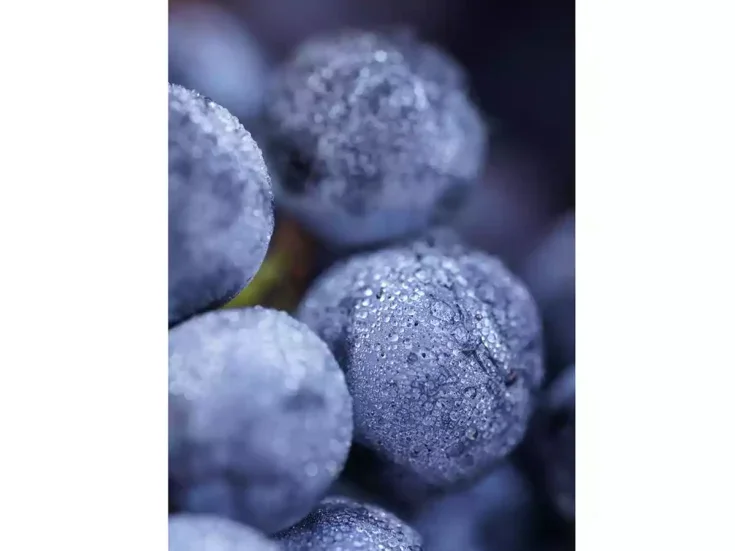
From Roman residues to cocaine tonics, Stuart Walton explores the long strange history of the practice of adding other psychoactive substances to alcohol.
In 1996, archaeological excavations at a site called the Villa Vesuvio on the outskirts of Pompeii unearthed a set of seven large clay vessels. Each had a dry organic deposit at the bottom, indicating that, in antiquity, they had been filled with wine. What fascinated historians of the ancient world was the biochemical composition of the “yellow, foamy” residue contained in one particular jar. Analysis by the archaeologist Marina Ciaraldi determined that, in addition to grapevine material, the contents had also included opium, cannabis, white henbane, and black nightshade, the last a potent source of the deliriant hallucinogenic alkaloid, scopolamine.
Speculation as to what purposes such a hectically psychoactive infusion would have been put ran rife. In an ambitious speculative work of 2021, The Immortality Key, Brian Muraresku, a classicist turned international lawyer, suggested that the find might well indicate that early Christian communities of the first century AD used psychoactive wine in their rituals, having learned the recipes from the centuries-old ceremonial practices of the classical Greek world. Was Christianity originally an entheogenic religion? In other words, did it base its claims to the transubstantiation of the Eucharist, the literal metamorphosis of bread and wine into the martyred body and blood of Jesus, on a transformative ritual of intoxication? Exactly what was in the shared cup at the Last Supper?
These speculations will prove all but indigestible to the established church that emerged from the deliberations of the Council of Nicaea in AD325, and has—through schisms and reformation—endured throughout world history ever since. Nothing is proved by wild surmise, nor is ever likely to be. Whether the infused wine was a sacramental element or not, it was certainly a confirmed aspect of the medicinal formulations of the day. Book V of the Materia Medica (c.AD 50-70) of Dioscorides, written contemporaneously with the earliest letters of St Paul and the synoptic Gospel of St Mark, is full of recipes for what has become known in the literature as “spiked wine.” Many of these potions would have been strongly psychoactive, albeit for medicinal reasons more than ritualistic ones.
It strangled up my mind
The notion of doctoring an already psychoactive substance—alcohol—with other materials that would make it all the more intoxicating seems counter-intuitively hazardous to modern sensibility. Even present-day users of hallucinogenic substances often hesitate to combine them with alcohol, even in the form of healthy, nourishing wine. The effect is conventionally thought to be akin to mixing Texas medicine and railroad gin, of which Bob Dylan reported in “Stuck Inside of Mobile” (1966) that “it strangled up my mind.”
What this aversion overlooks, however, is that certain alkaloids are only released through infusion with alcohol. The so-called blue lotus (actually a species of water-lily), Nymphaea caerulea, was widely used in ancient Egypt as a mild inebriant. Its enormous petals, when dried, were steeped over weeks in wine in order to precipitate their psychotropic action, which was typically held to be aphrodisiac.
The pre-eminent ritual intoxicant, along with wine itself, in ancient Greece was the kykeon consumed over a period of centuries at the Eleusinian Mysteries, but it seems that what was probably ergotized barley or rye was added to an aromatized beer rather than to wine. It held the power of a life-changing initiatory cult, and it is not at all outlandish to propose that it probably had a wine equivalent that was used at lesser ceremonial occasions.
In later centuries, the notion of altering wine to make it mildly, or more emphatically, psychoactive would produce the generation of cocaine tonics that emerged in the later 19th and early 20th centuries, pre-eminent among which was the original Vin Mariani I described in another column (now being produced once more, but with deactivated coca leaves). As long as a medical claim can be mounted for a psychoactive substance, especially one added to wine, it is already halfway to legitimation.
Now that psychoactive substances are being cautiously rehabilitated in many jurisdictions, albeit only under strict conditions in the USA and not at all in the UK, the question that confronts users of such materials is whether there is any benefit in combining them with wine, or whether such practices are only muddying the waters of altered consciousness. Nobody adding active coca leaves to wine in the 1890s had heard of coca-ethanol, the toxic residue that results from combining cocaine and ethyl alcohol. Even if no great claim can be made, either medicinally or ritualistically, for the combination, the lure of having everything at once can prove hard to resist. So thought the young man who, to obviate the need for a trip to the kitchen tap, once swallowed a tablet of MDMA with a glass of Château Lynch-Bages 1982.






